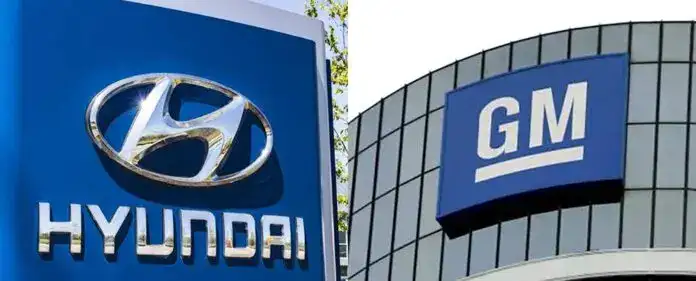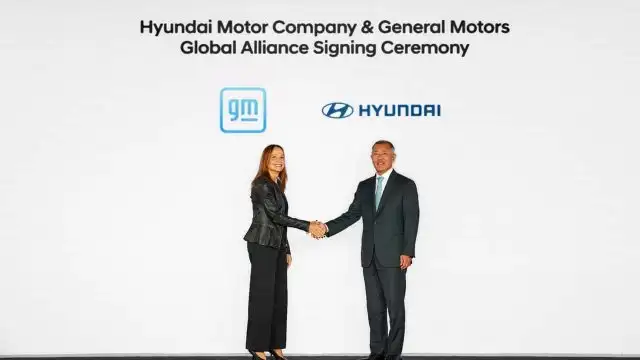- What are the key models included in the Hyundai and General Motors collaboration?
- How Will This Alliance Impact Global Sales?
- What are the areas of collaboration between the two companies beyond car manufacturing?
- Hyundai’s Statement on the Partnership
The automotive industry is witnessing a significant strategic shift as Hyundai and General Motors announce a new alliance to develop five joint models for global markets. This announcement comes after months of speculation, confirming the two companies’ commitment to boosting their production and innovation capabilities across various segments. The partnership aims to merge Hyundai’s expertise in design and efficiency with General Motors’ strength in advanced technologies, creating vehicles that meet the needs of diverse markets while maintaining the highest standards of performance and quality.
What are the key models included in the Hyundai and General Motors collaboration?

The announced plan includes producing a diverse lineup of vehicles, featuring a compact crossover, a small pickup truck, and a midsize truck, along with two additional models whose details have not yet been revealed. This project stands out for its high mechanical flexibility, as it will support multiple powertrain options, including internal combustion engines and hybrid systems.
Such flexibility allows both companies to deliver solutions tailored to the needs of various global markets, whether in regions that still rely heavily on traditional fuel powered engines or in markets rapidly shifting toward eco friendly vehicles. Each brand is expected to maintain its distinctive identity through exterior and interior designs that reflect its own philosophy, ensuring customers enjoy a unique experience despite the shared mechanical components.
How Will This Alliance Impact Global Sales?

Initial estimates suggest that sales of the jointly developed models could surpass 800,000 units annually if the plan is executed as intended. This reflects Hyundai and General Motors’ ambition to expand their presence and strengthen their market share worldwide, with North and South America set to be top priorities during the initial launch phases.
Design and development work is already underway, with the first models scheduled to debut by 2028. This includes a commercial electric truck aimed at the US market, underscoring both companies’ commitment to advancing electric mobility while maintaining a diverse lineup that also includes traditional and hybrid powertrains.
What are the areas of collaboration between the two companies beyond car manufacturing?

The partnership between Hyundai and General Motors goes beyond vehicle production, extending into broader sectors related to supply chains, transportation, and logistics across the North and South American markets. The two companies also plan to explore new opportunities for cooperation in key areas such as raw materials, advanced components, low emission steel, and the development of complex technological systems.
This expansion of joint efforts will enhance their ability to reduce costs and improve operational efficiency, while also supporting their commitment to sustainability by adopting eco-friendly production technologies that help reduce carbon impact.
Hyundai’s Statement on the Partnership

Hyundai President and CEO Jose Muñoz emphasized that this strategic partnership will strengthen the Korean brand’s ability to deliver greater value and wider variety to customers across multiple sectors and markets. He noted that combining the joint production volume of both companies in the Americas with their engineering expertise will enable the delivery of high quality vehicles featuring modern designs and advanced technologies that meet consumer aspirations.

Through this alliance, Hyundai and General Motors are preparing to open a new chapter of competition in the global automotive market, driven by an ambitious vision focused on innovation, efficiency, and broad market reach. The coming years are expected to bring notable model launches that could reshape the global automotive landscape.




